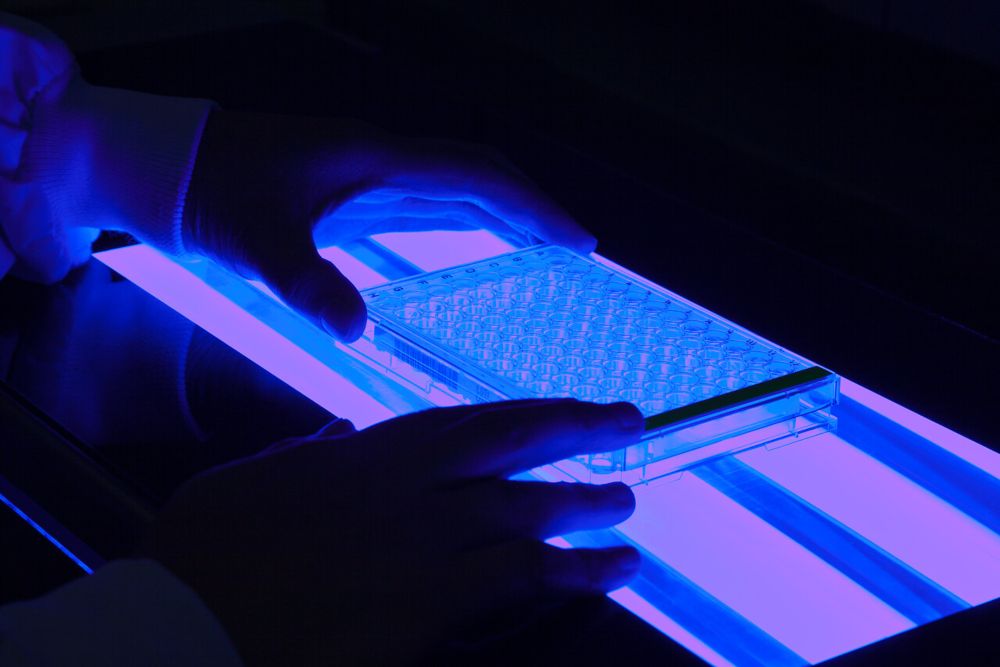Hugh Selway-Clarke
@hughselwayclarke.bsky.social
260 followers
150 following
21 posts
Postdoc making computational models of radiotherapy resistance evolution with Ben O'Leary and Trevor Graham at the ICR in London.
Did my PhD in Sam Janes' lab at UCL.
Background in maths at Cambridge.
He/him.
Posts
Media
Videos
Starter Packs
Reposted by Hugh Selway-Clarke
Reposted by Hugh Selway-Clarke
Reposted by Hugh Selway-Clarke















